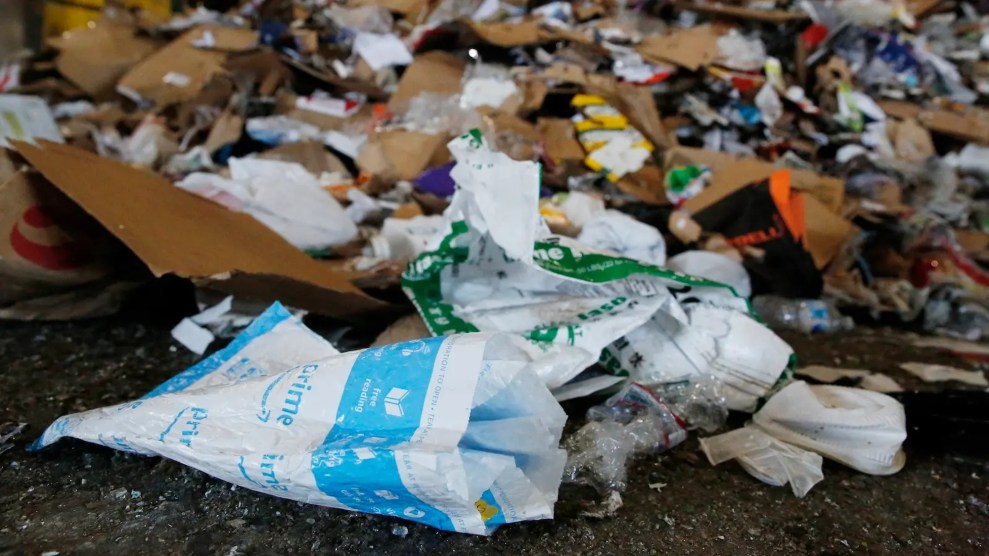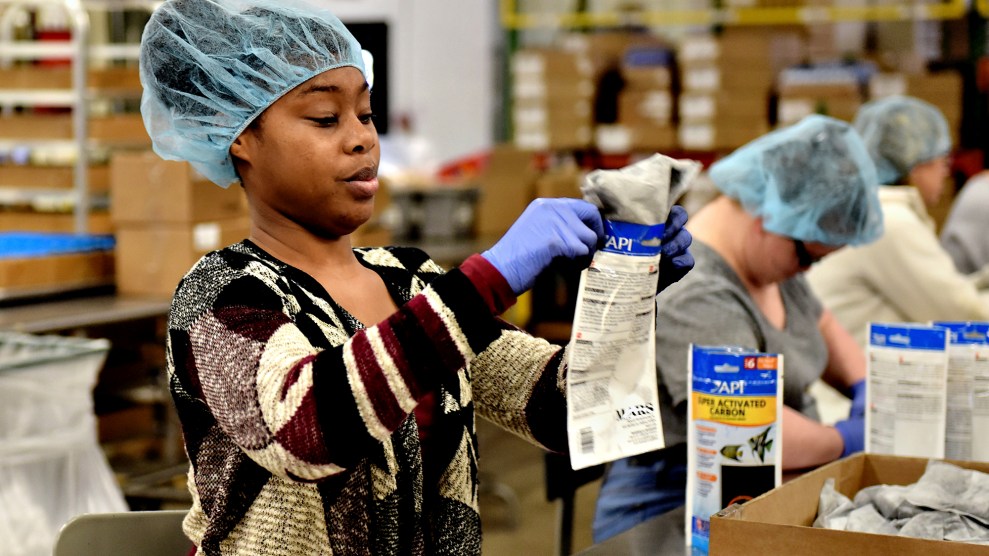EPA Administrator Stephen Johnson held a press conference last Friday in one of the busiest ports of one of the reputedly dirtiest states: Newark, New Jersey. Johnson’s goal is to make Newark and the rest of the nation cleaner, by reducing fumes and soot from diesel transport like cargo vessels and container trains by 90 percent. The changes will apply to a variety of vehicles, including freight and passenger trains, tugboats, yachts, ferries, and cargo ships.
This is one of the first times the Bush administration’s EPA has made such an innovative proposal. As we reported last year, the EPA has had its libraries closed and Bush’s latest budget is kind to corporations but harsh on wildlife.
When the EPA’s proposed changes are completed, diesel engines would have reduced soot and other airborne matter by 90 percent. Most likely, Johnson said, the plan would not be fully implemented until 2030, and would cost $600 million to fulfill. But, he added, the savings from reduced respiratory illnesses and other air pollution-related maladies would be around $12 billion by 2030.
A timeline of the proposed changes:
—Jen Phillips












